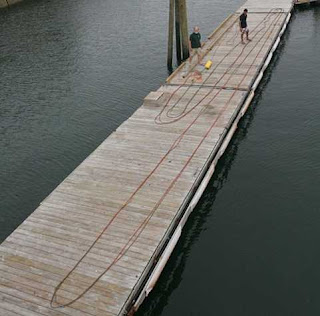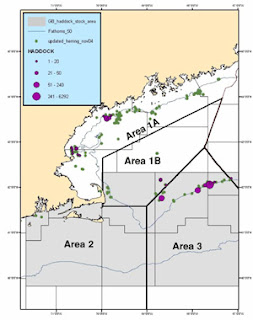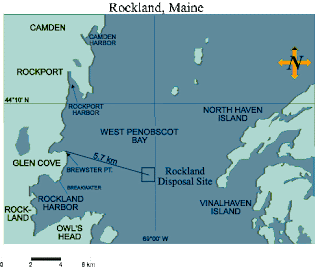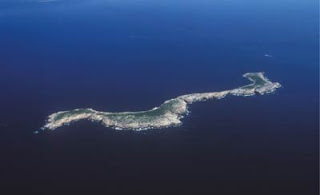Sears Island's Joint Use Planning Committee met July 11th.
See media coverage. The purpose of the two hour meeting, according to the agenda sent out by email, was to introduce JUPC members to each other, agree on ground rules for future JUPC meetings, and examine a draft “Scope of Work” paper from Maine DOT. The meeting was held at the Searsport town office from 10 am to noon.
According to a reliable source at the meeting, it went as follows:
Searsport town official Dianne Smith opened the meeting, praising the the attendees for their perserverance. “We've come farther than I ever thought we'd get,” she said.
Maine DOT commissioner David Cole spoke up “we're making history” he said. He said the Sears Island Committee was “one of the best I've ever worked with.”
James Gillway, Searsport town mgr, said that people have spoken to him and want the question settled.
Sierra Club representative Joan Saxe's cell phone loudly went off, annoyingly going through 8 or 9 rings before she could dig it out of her bag.
Senator Damon spoke up, noting that he had entered into the process late, but said he'd written to Governor Baldacci recently, praising “the tremendous amount of work” regarding “a tremendous asset and a tremendous natural resource.” He said he believed the two could be combined. “Every bit of our natural resources is important, and a port too.” he said.
The meeting participants ( see list below) agreed to adopt the groundrules of their predecessor group Sears Island Planning Initiative Steering Committee.
Then Duane Scott of Maine Department of Transportation presented his “Scope of Work” proposal. Calling it “a foundation” to work from he identified the following work priorities
(1) finalizing the buffer easement language
(2) fixing boundaries between the industrial zone and the natural zone
(3) Creating a new legal “Easement Deed”
(4) Deciding on Public Access Issues
(5) Develop a plan to provide revenue for the island for Searsport
(6) Mitigation options
Discussion followed.
Robert Grindrod,representing Montreal Maine railroad (formerly called Bangor and Aroostook Railroad) said setting out and fixing the boundaries must be done first. “
Grindrod says fix boundaries first. “Can't do anything without that.” he said.
DOT Commissioner Cole says with the 341 acres allocated to port usage “we have a core area to work with.”
Senator Damon said that the boundaries “shouldn't unduly constrain the permitting process”
Maine DOT's Duane Scott then talked about a state “mitigation bank”.
He said there were ten or eleven sites with “excess compensation credits”
Working with the feds as well ACOE, but he believed that the state could potentially have acquired
credit by agreeing not to develop the 600 acres of the island now to be kept free of industry.
Cole then read from a letter to the group from Aroostock County legislator and former paper industry official Rose Peletier, asking that SIJUPC members submit a thumbnail biography. “We can all learn from each other” Pelletier wrote.
Cole also noted that JUPC member Anne Crimaudo of Protect Sears Island is a former business executive who once helped save up trade agreements with China.
The question arose of committee transparency to the public.
“The DOT” Cole said, was being "as open as we can." Dianne Smith asked what do as a JUPC member if contacted by the media. Cole said “You speak for the committee.”
Bangor Daily News Journalist Tom Groening asked, “So who do I go to?”
Go to
the state Sears Island website , Cole said. And to Duane Scott of Maine DOT.
Diane Smith wondered if sections of the meeting should be open to public participation?
Sandy Blitz said this sort of meeting should have a public session first then the meeting be limited to committee members for the rest of the meeting.
Grindrod expressed concern that if the public is let into the process “We'll be starting over.” he said. It would be “extremely unwise.”
 In addition to organisms stowing away in ballast water, ships transport aquatic and marine life on their submerged hulls. The environment created by such organisms as barnacles, sea squirts other 'fouling' organisms, serves as protective habitat for even more species.
In addition to organisms stowing away in ballast water, ships transport aquatic and marine life on their submerged hulls. The environment created by such organisms as barnacles, sea squirts other 'fouling' organisms, serves as protective habitat for even more species.











